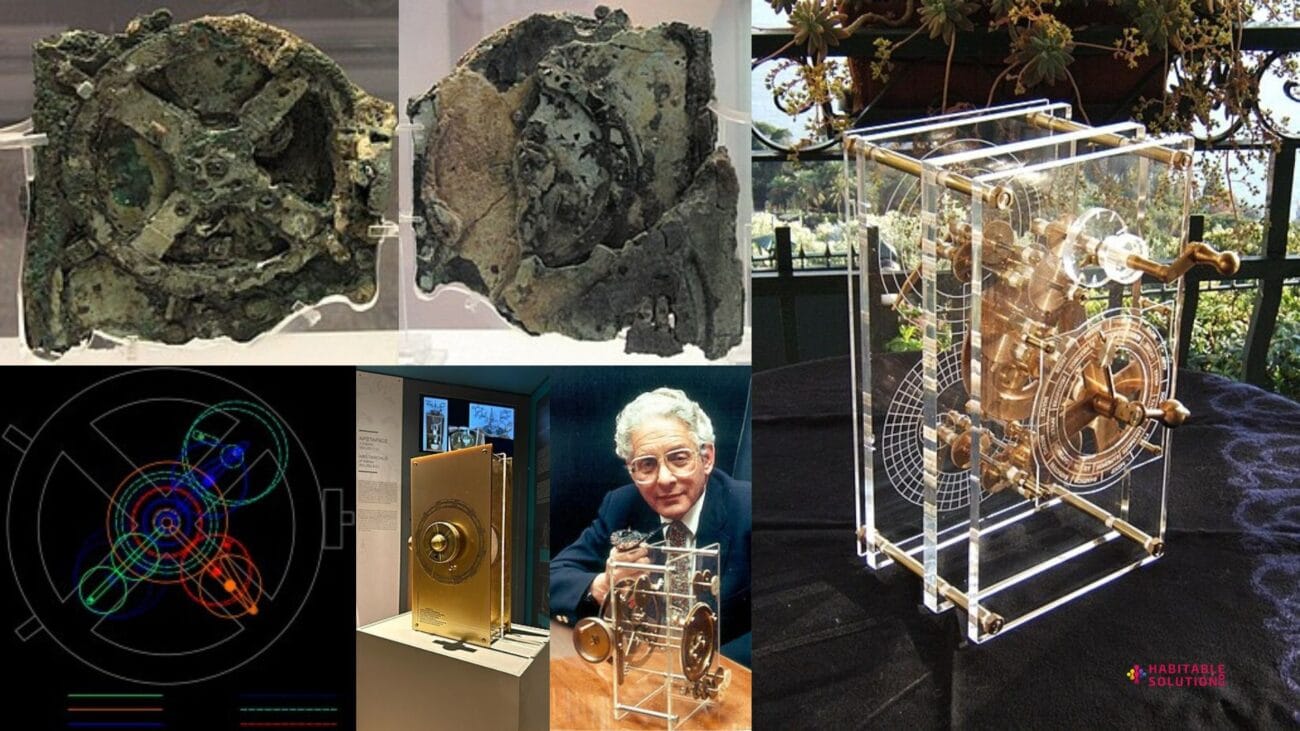Was this really an ancient computer? How did it hold such advanced technology?
A mysterious device hidden in a shipwreck that has baffled scientists for over a century! Yes, I am talking about the Antikythera Mechanism, a fascinating artifact dating back to circa 100 BCE.
Discovered in 1901 near the Greek island of Antikythera, this device was so technologically advanced that scientists initially found it hard to believe it was from the ancient world. Its intricate metal gears and ability to track astronomical events make it a remarkable precursor to modern clockwork technology—more than a thousand years ahead of its time.
Discovery History
The Antikythera Mechanism was first discovered in 1901 by Greek diver Elias Stadiatos among other archaeological artifacts in a shipwreck. Further analysis revealed that it was a highly sophisticated astronomical calculator, capable of predicting the positions of the sun, moon, and planets.
My First Encounter with This Fascination
As a technology enthusiast and the founder of Habitable Solution, I am always on the lookout for groundbreaking discoveries—whether ancient or modern. When I first heard about the Antikythera Mechanism, I was astonished that ancient Greek civilization had built such an intricate device! How did they manage to design a machine that could predict solar and lunar eclipses and even track the schedule of the Olympic Games?
Structure and Functionality of the Mechanism
This device contained more than 30 complex gears, making it comparable to an early analog computer.
- Zodiac and Calendar System: The front dial calculated the solar year.
- Eclipse Prediction: It could accurately forecast solar and lunar eclipses.
- Olympic Games Cycle: Used to track the ancient Olympic Games schedule.
- Planetary Motion Tracking: A brilliant example of ancient astronomy.
- Metonic Cycle: Enabled the calculation of the 19-year lunar cycle.
Why Is It Still Important Today?
The Antikythera Mechanism demonstrates that ancient civilizations had already unlocked many scientific secrets long before modern technology existed! Even today, we have yet to fully comprehend its entire functionality. It remains a unique example of ancient engineering that offers valuable insight into the origins of computing.
Modern Research and Investigations
In 1959, British scientist Derek J. de Solla Price began studying the device and described it as the “first known analog computer of the ancient world.” In 2005, X-ray CT scans revealed even more intricate details, showing its advanced construction. Researchers speculate that there may have been additional similar devices that remain undiscovered.
What Have We Learned?
While we use sophisticated technology today, the Antikythera Mechanism reminds us of the incredible intelligence and engineering prowess of ancient civilizations. At Habitable Solution, we strive to innovate and keep up with modern technology, but understanding past inventions like this can provide valuable inspiration for the future.
The Mystery Remains…
Was this really the only device of its kind? Or were there more advanced machines lost to history? Could Greek technology have evolved further if this knowledge had not been forgotten?
Ultimately, this enigmatic machine sheds new light on the origins of technology. So, what do you think—was this really the first computer? 🤔
✍️ Parag Ferdus | admin@habitablesolution.com





